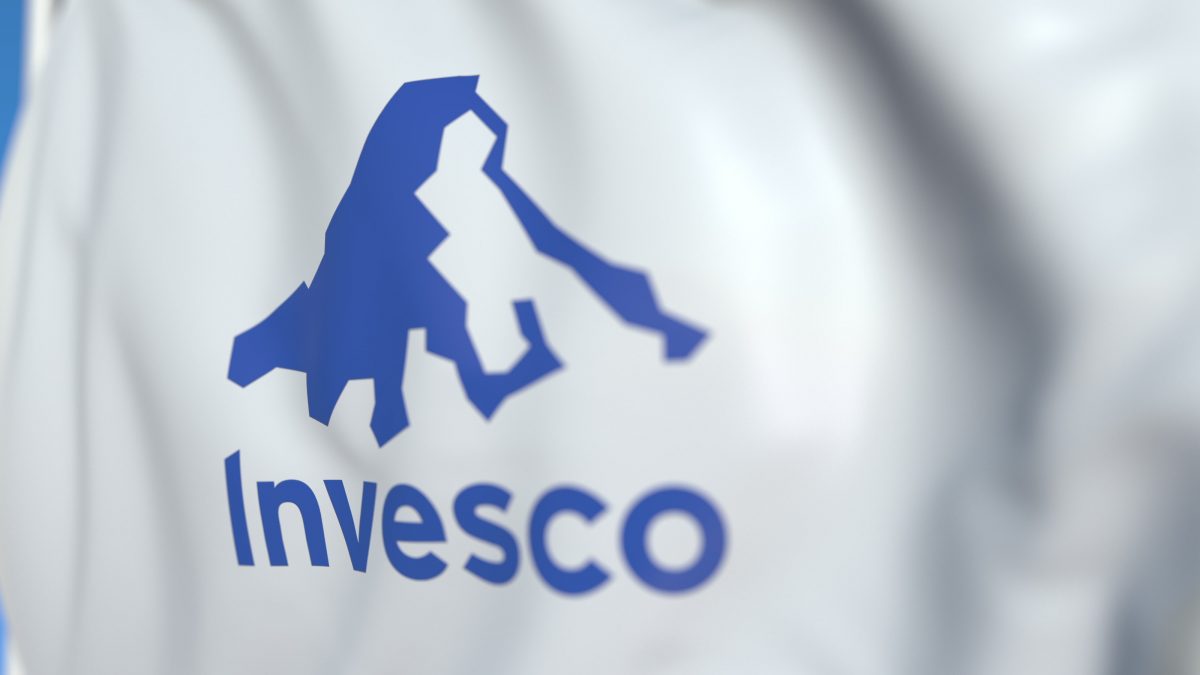It happened again. Another massive cyber crime.
In early August of 2021 cybercriminals hacked one of the world’s largest telecommunications companies – T-Mobile.
But this hack was not just relegated to customers. No. This was much bigger.
T-Mobile admitted that 47.8 million records were taken – and not just from customers. A person could even be at risk if they ever applied for a T-Mobile account, whether or not it was ever opened. The personal data included both social security numbers and driver’s license details for “a subset’ of people” along with account PINs for some.
Think about all the things we all do on our phones, tablets, or laptops. We do our banking. We use a mobile wallet, chat on social media and so much more. There are now many more ways criminals can try to steal our money or identity.
From individuals to governments, no one is exempt.
Canada is at the forefront of building a booming cyber security market
According to a report by the Canadian Centre for Cyber Security, the number of jobs for cyber security professionals in Canada is growing by 7% every year.
The report also estimates the number of vacant positions worldwide by 2021 to be 3.5 million.
While the annual average salary of a Canadian cyber security professional in 2020 was $97,000 CAD.
According to Crunchbase there are 282 cyber security companies that have their headquarters located in Canada. Of which 263 are for-profit companies.
Here are three up and coming companies
1Password: According to their website, the company was founded by two friends in 2005, and is now a global team of greater than 400 people. Their customer base includes over 80,000 businesses.
F8th is an AI company on a mission to provide an alternative tool to protect companies against the latest techniques in fraud. Their product builds a behavioral biometric such as a fingerprint by continuously analyzing typing speed, movement speed, clicking speed, acceleration and more.
Digital Boundary Group (DBG) is one of North America’s premier information technology (IT) security assurance services firms. Their client list includes public and private sector organizations ranging from Canadian Federal, Provincial and Municipal Governments, Canadian and U.S. Police Services.
Cyber Mongol is a counterintelligence company that harnesses the tireless and raw automation power of machines, empowering the human teams that defend organizations worldwide against cyber threats. Their PANDEMIC Counter Cyber Intelligence Automation is a patent-pending, modular pipeline built to automate the laborious task of open-source intelligence collection related to identifying advanced operator tactics.
At Canadian Market Report we have a keen interest in following these companies. Many of them have not yet gone public but some will. And when they do we want our readers to be informed and before the hoards of “me too” crowds jump in.
It really is going to be exciting times for the Canadian Cybersecurity market. Stay tuned, or better yet, get hooked up with our free newsletter and stay in the know!









